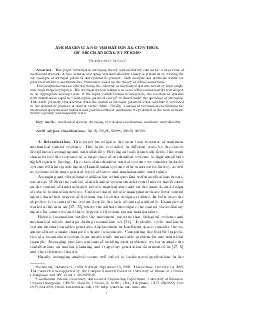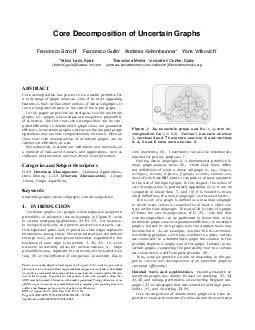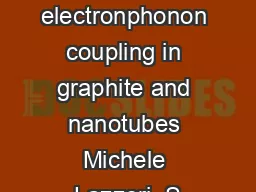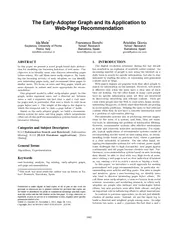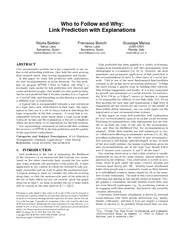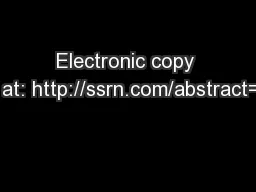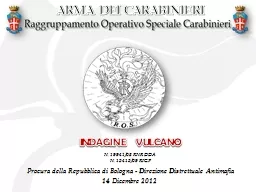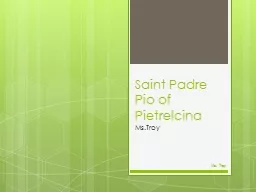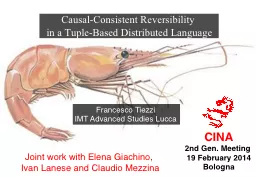PPT-Francesco Prino
Author : min-jolicoeur | Published Date : 2016-06-08
INFN Sezione di Torino DNP Fall Meeting Newport Beach October 25 th 2011 Heavy flavours in heavy ion collisions at the LHC 2 Heavy Ion Collisions Study nuclear
Presentation Embed Code
Download Presentation
Download Presentation The PPT/PDF document "Francesco Prino" is the property of its rightful owner. Permission is granted to download and print the materials on this website for personal, non-commercial use only, and to display it on your personal computer provided you do not modify the materials and that you retain all copyright notices contained in the materials. By downloading content from our website, you accept the terms of this agreement.
Francesco Prino: Transcript
Download Rules Of Document
"Francesco Prino"The content belongs to its owner. You may download and print it for personal use, without modification, and keep all copyright notices. By downloading, you agree to these terms.
Related Documents


